Archives
- 2025-11
- 2025-10
- 2025-09
- 2025-03
- 2025-02
- 2025-01
- 2024-12
- 2024-11
- 2024-10
- 2024-09
- 2024-08
- 2024-07
- 2024-06
- 2024-05
- 2024-04
- 2024-03
- 2024-02
- 2024-01
- 2023-12
- 2023-11
- 2023-10
- 2023-09
- 2023-08
- 2023-07
- 2023-06
- 2023-05
- 2023-04
- 2023-03
- 2023-02
- 2023-01
- 2022-12
- 2022-11
- 2022-10
- 2022-09
- 2022-08
- 2022-07
- 2022-06
- 2022-05
- 2022-04
- 2022-03
- 2022-02
- 2022-01
- 2021-12
- 2021-11
- 2021-10
- 2021-09
- 2021-08
- 2021-07
- 2021-06
- 2021-05
- 2021-04
- 2021-03
- 2021-02
- 2021-01
- 2020-12
- 2020-11
- 2020-10
- 2020-09
- 2020-08
- 2020-07
- 2020-06
- 2020-05
- 2020-04
- 2020-03
- 2020-02
- 2020-01
- 2019-12
- 2019-11
- 2019-10
- 2019-09
- 2019-08
- 2019-07
- 2019-06
- 2019-05
- 2019-04
- 2018-11
- 2018-10
- 2018-07
-
Since the beginning of s more than papers
2023-01-31

Since the beginning of 1990s, more than 17,000 papers about physiological relevance of antioxidants have been published according to data from web of science. Based on the available literature, it seems that assessing the antioxidant potential of food by means of in vitro assays or solely epidemiolo
-
br HMGB proteins and chromatin structure The multifaceted ro
2023-01-31

HMGB proteins and chromatin structure The multifaceted roles played by HMGB (formerly called HMG-1 and -2) proteins in modulating chromatin structure, gene transcriptional activity and cellular phenotype have been covered in a number of recent reviews and readers are referred to these for in-dept
-
Long term blood pressure regulation is
2023-01-31

Long term blood pressure regulation is linked to renal function through the mechanisms of pressure natriuresis (Evans et al., 2005), which has been shown to be modulated by the RAS (Hall et al., 1999). Key components of the RAS are expressed throughout the kidney, and are implicated in renal excreto
-
This unsuspected antagonistic interaction of androgen with O
2023-01-31
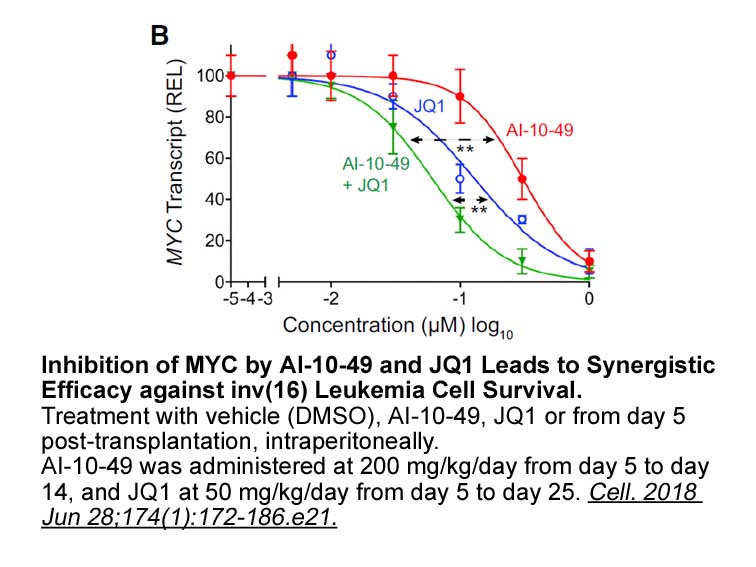
This unsuspected antagonistic interaction of androgen with OXER1 could therefore explain the effect of plant derived compounds with this ligand-receptor system. For example, wedelolactone, a coumestan found in Eclipta alba (false daisy) and in Wedelia calendulacea that is the major component of ecli
-
Based on the general structure function principle in
2023-01-31
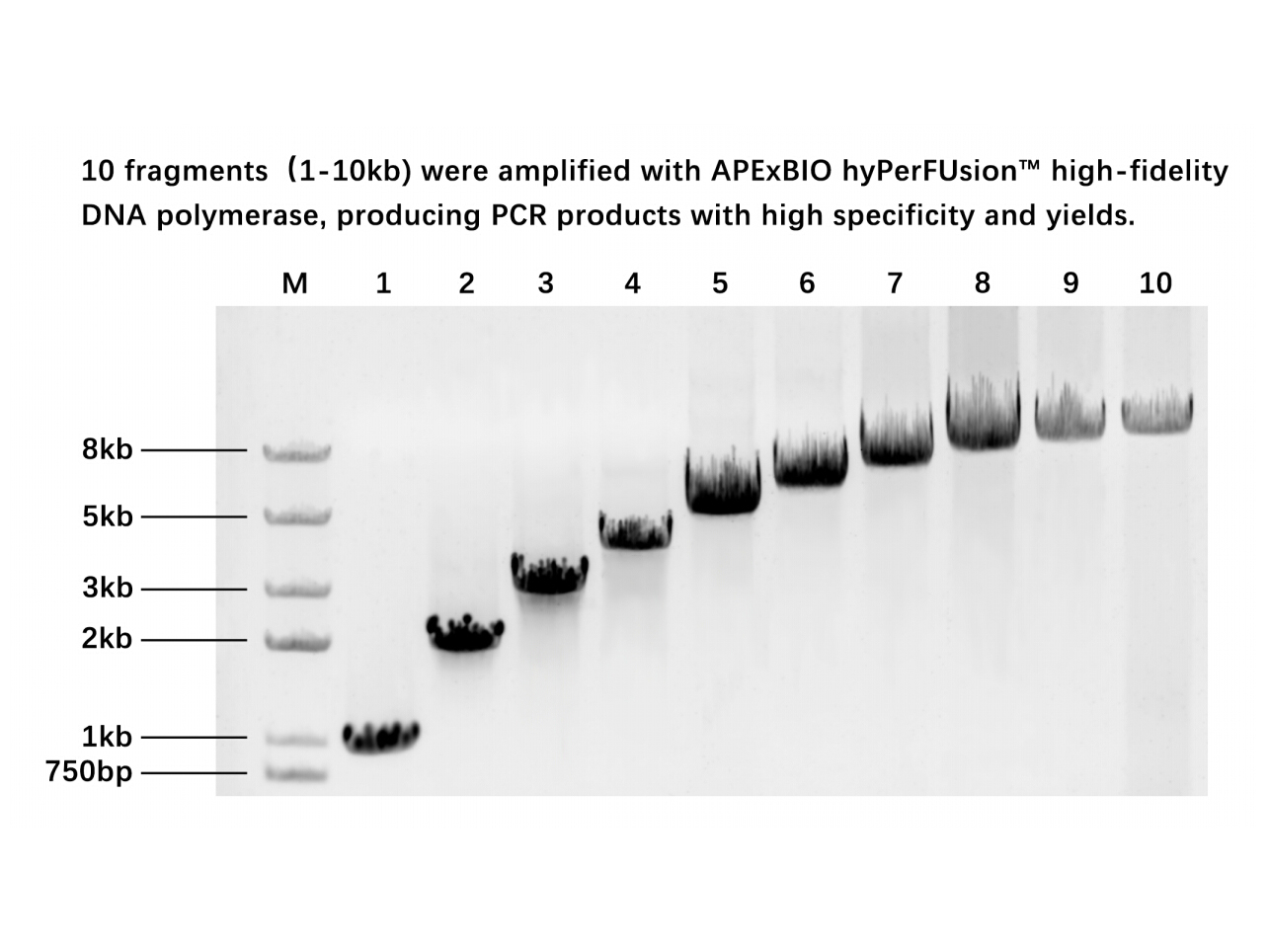
Based on the general structure-function principle in biology [[19], [20], [21]], toxic oligomers are expected to have well-defined three-dimensional structures to carry out their pathological functions. A common amyloid toxicity mechanism also suggests that toxic oligomers of different amyloid prote
-
br Experimental procedures br Results br
2023-01-31

Experimental procedures Results Discussion Acknowledgments SRE and EBL contributed equally to this SB269652 work. SRE, EBL, and MJT designed experiments, SRE, EBL, MCH, and AEI conducted experiments, SRE and EBL analyzed data, and EBL and MJT wrote the manuscript. We would like to than
-
In human epidermoid carcinoma A cells
2023-01-31
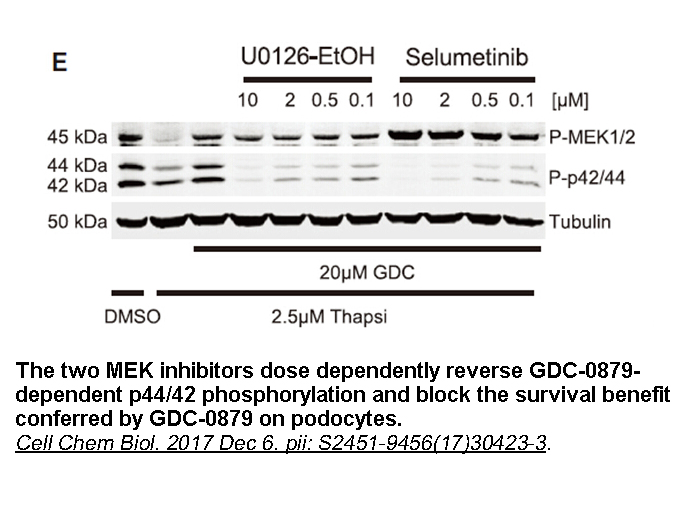
In human epidermoid carcinoma A431 cells, 12-lipoxygenase was significantly increased in glutathione-depleted cells. The relative abundance of phospholipid hydroperoxide versus glutathione peroxidase seems to play an important role in controlling the lipoxygenase reaction [57]. It has been proposed
-
The application of diuretics induce an increased rate of
2023-01-31

The application of diuretics induce an increased rate of water exiting brain cells encouraging the formation of increased intracellular polyphosphoric acid. In the absence of the diuretic water is retained in cells converting polyphosphoric pdgf receptor to monophosphoric acid. The latter change de
-
Many of the cellular processes regulated by AKT
2023-01-31

Many of the cellular processes regulated by AKT activation are also controlled by other intracellular pathways such as the MAPK pathway, the PLCγ pathway, but also, directly or indirectly, by signaling pathways not linked to RTK transmembrane receptors, such as growth factor-linked signaling affecti
-
Mechanistically NAergic signaling in the VTA modulates
2023-01-31

Mechanistically, NAergic signaling in the VTA modulates neuronal activity presumably via α1-AR. The majority of α1-ARs are found in the VTA are located presynaptically on unmyelinated SB505124 and axon terminals of glutamatergic and GABAergic neurons. However, α1-ARs are also found on neuronal dend
-
PD 0325901 Among all the compounds the novel L derivative
2023-01-31
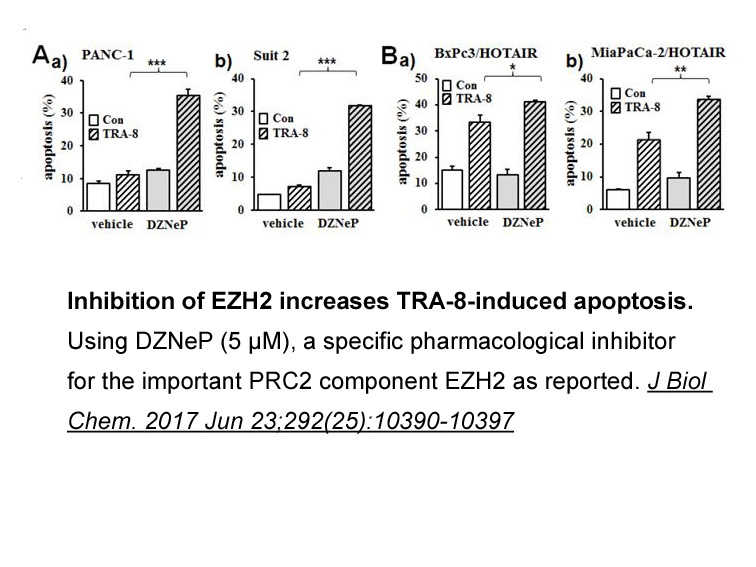
Among all the compounds, the novel L-748,337 derivative (23d) showed the potent human β3-AR antagonist activity and high lipolysis inhibitory activity in vitro. The PD 0325901 23d displayed 23-fold more potent β3-AR antagonist activity (EC50 = 0.5117 nM) than that of L-748,337 (EC50 = 11.91 nM) and
-
br Functional consequences of ADK
2023-01-31

Functional consequences of ADK regulation on neuronal excitability Adenosine modulates neuronal excitability via activation of the high affinity A1 or A2A, low-affinity A2B, or low abundance A3 adenosine receptors that feed into a multitude of different neuronal and astrocytic pathways (Blum et a
-
Based on our previous work and the observation that
2023-01-31

Based on our previous work [13] and the observation that SNX9 is a partner for ACK, we have investigated interactions involving the SH3 domain of SNX9, and identified for the first time synaptojanin-1 as an alternate partner. This SH3 domain can bind a single site in ACK1, but multiple sites in the
-
In the olfactory bulb expression was
2023-01-31
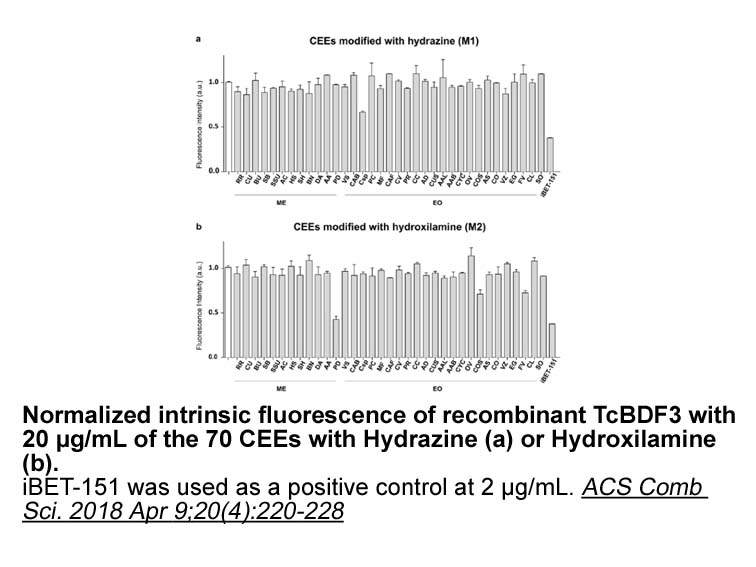
In the olfactory bulb, expression was especially prominent in the mitral cell layer from embryonic stages to adult tissues (Figs. 1D–G). By E14–E16, Ack1 signal was remarkably intense in the proliferative ventricular zone (Fig. 1D). From E18 to adult, expression was also observed in glomerular and g
-
br Materials and methods br Results Bilateral microinjection
2023-01-31

Materials and methods Results Bilateral microinjections (n = 6) of 10 mM ACh (300–500 pmol) and 5 mM physostigmine (150–250 pmol) at the two selected caudal NTS sites caused within 1 min significant increases in respiratory frequency (from 54.5 ± 1.7 to 70.9 ± 4.1 breaths/min; +30.8 ± 7.0%; P
16551 records 368/1104 page Previous Next First page 上5页 366367368369370 下5页 Last page